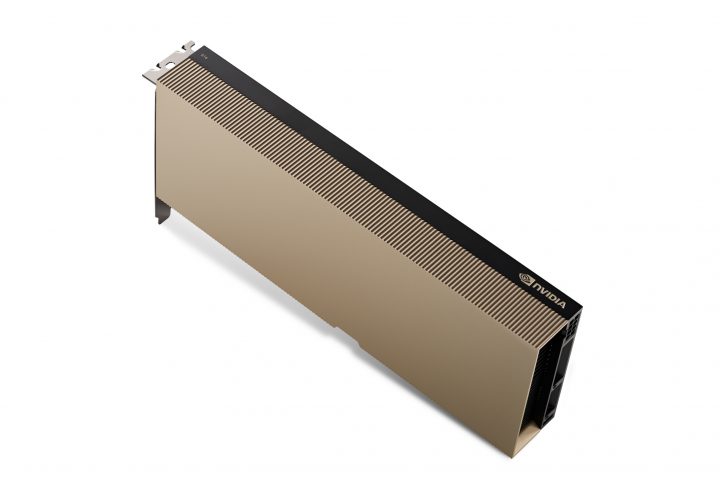NVIDIA announced its first data center CPU— the NVIDIA Grace. As per NVIDIA, it is an Arm-based processor that delivers 10x the performance of today’s fastest servers.

According to NVIDIA, the NVIDIA Grace is the result of more than 10,000 engineering years of work. The company mentioned that the Grace CPU is designed to address the computing requirements for the world’s most advanced applications, including natural language processing, recommender systems, and AI supercomputing. It combines energy-efficient ARM CPU cores with a low-power memory subsystem that delivers efficient performances.
The NVIDIA Grace CPU, named after Grace Hopper, the U.S computer-programming pioneer, will serve a niche segment of computing.
“Leading-edge AI and data science are pushing today’s computer architecture beyond its limits – processing unthinkable amounts of data,” said Jensen Huang, founder, and CEO of NVIDIA. “Using licensed Arm IP, NVIDIA has designed Grace as a CPU specifically for giant-scale AI and HPC. Coupled with the GPU and DPU, Grace gives us the third foundational technology for computing, and the ability to re-architect the data center to advance AI. NVIDIA is now a three-chip company.”

Grace is a specialized processor that targets workloads such as training next-generation NLP models with more than 1 trillion parameters. When paired with NVIDIA GPUs, a Grace CPU-based system will deliver 10x faster performance than NVIDIA DGX based systems which run on x86 CPUs, according to NVIDIA.
The Swiss National Supercomputer Centre (CSCS) and the U.S Department of Energy’s Los Alamos National Laboratory are the first to announce their plans to build Grace-powered supercomputers in support of national scientific research efforts.
Underlying Grace’s performance is fourth-generation NVIDIA NVLink interconnect technology, which provides a 900 GB/s connection between Grace and NVIDIA GPUs that enables 30x higher aggregate bandwidth compared to today’s leading servers.
Moreover, Grace will be using LPDDR5X memory and new architecture that provides unified cache coherence with a single memory address space, combining system and HBM GPU memory that simplifies programmability.
The availability of the NVIDIA Grace CPU is expected in 2023.
Source: NVIDIA
The post NVIDIA intros Grace CPU for giant AI and high performance computing workloads appeared first on YugaTech | Philippines Tech News & Reviews.













